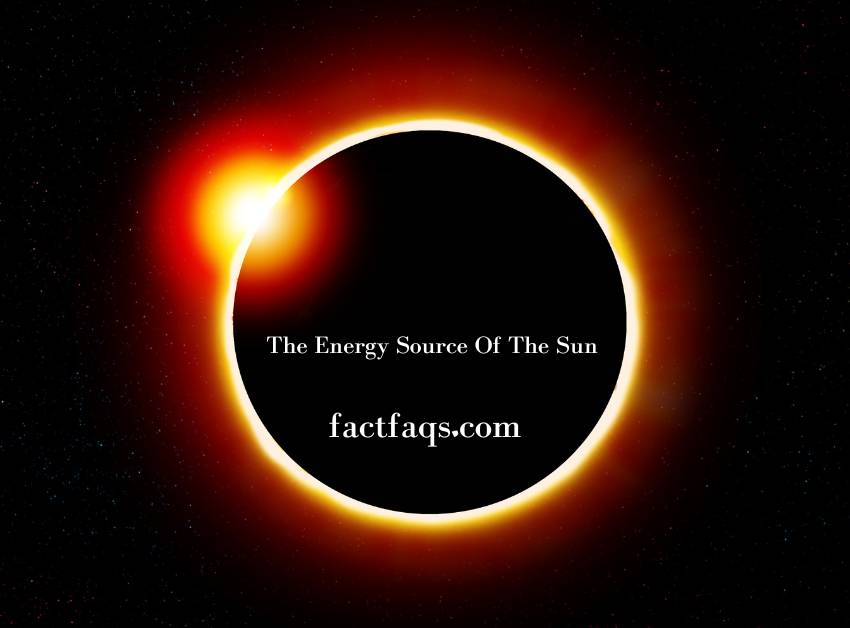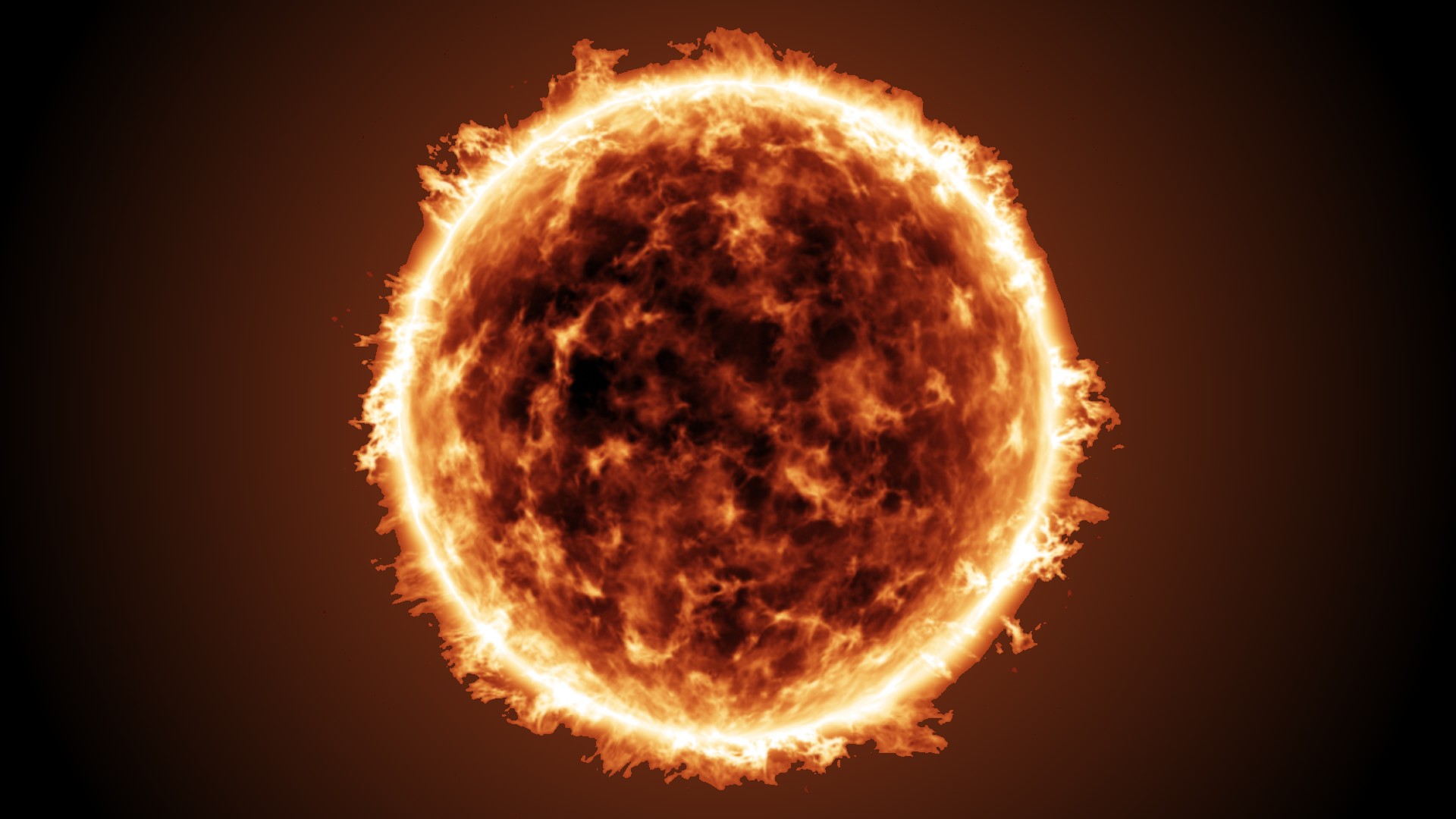The power of the sun comes from nuclear fusion, where high temperatures cause hydrogen atoms to merge and form helium, releasing massive amounts of energy. This process occurs in the sun’s core, where the gas is compressed by gravity, reaching temperatures and pressures intense enough for fusion to take place.
The energy generated from this fusion reaction fuels the sun and provides heat and light to our solar system. Understanding how nuclear fusion powers our star is crucial in studying the dynamics and sustainability of the sun. By delving into the science behind nuclear fusion, we can gain insights into the remarkable power that drives our very existence.

Understanding The Sun’s Composition
| Understanding the Sun’s Composition | |
|---|---|
| The Sun is a Sphere of Hydrogen and Helium | Misconceptions about the Sun’s Composition |
| The Sun is essentially a ball of hydrogen and helium. This composition allows for nuclear fusion reactions to occur, where hydrogen atoms combine to form helium, releasing an immense amount of energy. High temperatures are required for fusion to take place, and the compression of gases by gravity in the Sun generates the necessary heat. Contrary to popular belief, the Sun is not purely made up of hydrogen. As a Population I star, it contains heavier elements that were present in the gas cloud from which it formed. These elements, known as metals in stellar astrophysics, were produced by older stars before the Sun’s formation. The presence of heavier elements contributes to the Sun’s overall composition. | There are common misconceptions when it comes to the Sun’s composition. Many people believe it is solely composed of hydrogen, but it also contains helium and other heavier elements. While hydrogen fusion is the primary process in the Sun, the existence of heavier elements is important to its overall structure. These elements were present in the original gas cloud that formed the Sun and were produced by older stars. Understanding the Sun’s composition as a mixture of hydrogen, helium, and heavier elements is crucial in comprehending its energy generation and its role as the powerhouse of our solar system. |
The Process Of Nuclear Fusion
The Process of Nuclear Fusion:
What is Nuclear Fusion?
The sun is made mostly of hydrogen gases. Nuclear fusion requires very high temperatures to occur. When a gas is compressed adiabatically (without heat transfer), the temperature of the gas increases. This increase in internal energy is a result of work done on the gases by gravity. In the process of star formation, the mixture of gases is compressed by gravity until it reaches a high enough temperature to produce fusion. Once fusion occurs, the energy produced creates enough counterpressure to stop gravitational contraction, resulting in a period of equilibrium.
The Role of High Temperatures in Fusion:
High temperatures are crucial for nuclear fusion. When gases are compressed, their internal energy increases, causing the temperature to rise. In the case of the sun, the compression of hydrogen gases due to gravity leads to a significant temperature increase, enabling fusion reactions to take place.
Compression of Gases and the Increase in Internal Energy:
When a gas is compressed adiabatically, its internal energy increases. This increase in internal energy is a direct result of work done on the gas by gravity, leading to a rise in temperature. For example, in the case of the sun, the compression of hydrogen gases due to gravity creates the necessary conditions for fusion to occur, as the temperature increases to the required level.
The Energy Source Of The Sun

Nuclear fusion is the energy source of the sun. The sun, primarily composed of hydrogen gas, undergoes fusion to produce helium. This fusion process requires high temperatures and occurs when gas is compressed adiabatically, resulting in an increase in temperature. This compression is caused by gravity, which does work on the gas and causes an increase in internal energy. As a star, like the sun, forms, the gases it is composed of are compressed due to gravity until the temperature is high enough to trigger fusion. The energy produced from fusion generates counter pressure, which halts the gravitational contraction and allows for a long period of equilibrium to be achieved. The sun is essentially a sphere of hydrogen with a helium core where the nuclear reactions occur. While the sun primarily consists of hydrogen and helium, it also contains heavier elements that were present in the gas cloud it formed from.
Frequently Asked Questions Of The Power Of The Sun: How Nuclear Fusion Fuels Our Star
What Is The Power Of The Sun’s Nuclear Fusion?
The power of the Sun’s nuclear fusion is generated by the high temperatures needed for fusion to occur. The Sun, mostly made of hydrogen gas, undergoes compression due to gravity, which increases the temperature. This increase in internal energy leads to fusion, where hydrogen atoms combine to form helium, releasing a tremendous amount of energy in the process.
How Does Energy Released From Nuclear Fusion On The Sun Reach Us?
The energy released from nuclear fusion on the Sun reaches us through a process of compression and gravity. As the gas in the Sun is compressed, its temperature rises, causing fusion to occur. The energy from fusion produces enough counterpressure to stop gravitational contraction, resulting in a long period of equilibrium.
What Fuels The Sun Nuclear Fusion?
The Sun is fueled by nuclear fusion, a process that requires high temperatures. The Sun is made mostly of hydrogen gas, which gets compressed and heated by gravity. This compression causes a rise in temperature, allowing fusion to occur. Fusion produces energy and creates helium as a byproduct.
How does the energy from the sun’s Nuclear Fusion Affect The Earth?
The energy from the Sun’s nuclear fusion affects the Earth by providing heat and light.
Conclusion
The incredible power of the sun lies in nuclear fusion, a process that fuels our star and sustains life on Earth. Through high temperatures and compression, hydrogen atoms combine to form helium, releasing vast amounts of energy in the process.
This continuous fusion reaction creates the heat and light that radiate from the sun, providing warmth and nourishment for all living beings. Understanding the power of the sun’s fusion process is crucial for advancing our knowledge of the universe and exploring the possibilities of harnessing this limitless energy source for our own benefit.
Also Read More:
